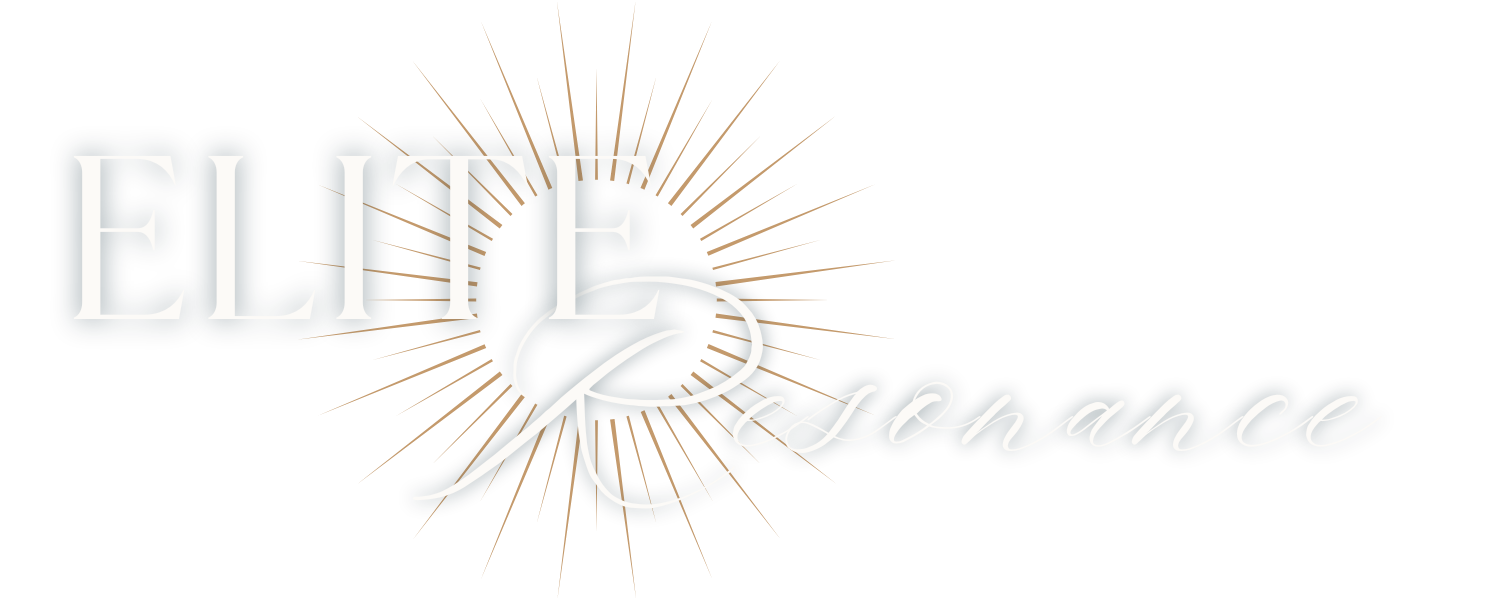Overcoming Insecurities as a Female Leader
Leadership will require you to grow both personally and professionally like nothing else. Every leader experiences failures time and time again as they grow. The ability for you to get back up, show up, and inspire others will depend on how you manage your insecurities and doubts.
Too often, I see leaders who don't manage their insecurities and doubts and become someone that either people avoid or ignore. For those who don't address their limiting beliefs, these doubts impact how they show up, step up, and speak up. Great leaders are those whom people will do almost anything to follow.
Because you're here, I know you want to be a great leader. And because you're here, I know you will be a great leader… if you're not already.
I'm Mollie, and I've spent more of my career in leadership positions than not. I used to doubt and be in denial about my ability to lead and show up as a leader. There were many times I wondered what it would be like to not have the responsibilities of leadership—to instead follow someone else's lead and focus on challenging projects rather than challenging people. But then I realized I'm actually not very good at following, because I have as high of an expectation of those I follow as I do of myself.
Hint: if you find it easier to lead than to follow, guess what, you're a natural leader.
My insecurities and limiting beliefs fell into two main categories:
insecurities about how others would judge me
doubts about my capabilities.
Insecurities about how others would judge me
First of all, you will judge yourself more harshly than anyone else who matters. With that said, people will always judge leaders. The aim is not to be so perfect that you're unjudgeable but to be so self-assured that it doesn't matter. As the saying goes, "Those that matter don't mind, and those that mind don't matter."
Some examples of what I once believed people judged me for include:
They'll discover that I'm not good enough.
I'll let someone down.
I'll annoy them.
They'll think I'm stupid.
They think I'm too young.
I'm not well-spoken enough.
I'm not hard enough on them / I'm too hard on them.
These insecurities were a constant burden until I learned to embrace my role with confidence and authenticity. By focusing on my strengths and understanding my value, I was able to silence those internal critics and lead with conviction. I realized that most of these fears were not grounded in reality but were projections of my own self-doubt. Once I understood that everyone has their insecurities and that it's a normal part of the human experience, I began to see my leadership role in a new light.
I started to focus more on what I could control—my actions, decisions, and the way I treated others—rather than worrying about perceptions. This shift in mindset allowed me to be more present and effective. I began to appreciate that leadership is not about being perfect but about being resilient and adaptable. It's about showing up even when you're uncertain and being willing to learn and grow from every experience.
Moreover, I learned the importance of vulnerability in leadership. By sharing my own struggles and insecurities with my team, I created a culture of openness and trust. This not only strengthened our bond but also empowered others to be more authentic and confident in their roles. I found that when I was honest about my challenges, it encouraged others to do the same, fostering a more supportive and collaborative environment.
In summary, the journey to overcoming my insecurities was not a quick or easy one, but it was incredibly rewarding. It taught me that true leadership comes from within and that the most important opinion about my capabilities is my own. By embracing my imperfections and focusing on continuous growth, I became a more effective and inspiring leader. So remember, it's not about eliminating judgment but about building the confidence to rise above it.
Doubts about my capabilities.
If there ever was a time in your life to sort out your insecurities, it's in leadership. I learned to trust my instincts and capabilities, understanding that mistakes are part of the growth process. Overcoming these doubts allowed me to lead with more clarity and conviction. If you don't believe you're worthy or good enough, you'll try to prove yourself. You won't trust others, and you won't feel you can rely on anyone.
These doubts were persistent until I began to see them as opportunities for growth rather than obstacles. By reframing my mindset and embracing a learning attitude, I was able to turn my perceived weaknesses into strengths. This shift not only improved my leadership skills but also positively impacted those I lead.
The journey of transforming doubts into strengths began with a conscious decision to embrace vulnerability. I realized that acknowledging my fears and uncertainties did not make me weak; instead, it opened the door to genuine self-improvement. I started to view each challenge as a learning experience, an opportunity to refine my skills and broaden my understanding.
One of the most significant changes was learning to trust my instincts. Early in my leadership journey, I often second-guessed myself, fearing that my decisions would not be well-received or that they would lead to failure. However, over time, I understood that leadership is as much about intuition as it is about knowledge. By trusting my gut feelings and making decisions confidently, I not only enhanced my effectiveness but also gained the trust and respect of my team.
Another critical aspect of overcoming doubts was embracing mistakes. I used to be terrified of making errors, believing that they would undermine my authority and credibility. However, I came to realize that mistakes are an inevitable part of growth. By openly acknowledging my errors and learning from them, I demonstrated resilience and adaptability. This approach not only improved my leadership but also set a powerful example for my team, encouraging a culture of continuous learning and improvement.
How Leadership Feels to Me Now
Leadership has transformed profoundly for me. Here’s how I feel about it today:
Understanding My Role: I totally understand why I’m in this role. Every so often, I’ll even say, “I’m not in this role because I know everything,” because I’m confident in my innate capabilities and presence.
Confidence in Decision-Making: I have full confidence in my authority and my decision-making, even when I get it wrong, because I’m just as fast to say, “Hold it, I made a mistake,” without feeling shame.
Empowering Others: I never feel threatened in my role, which often results in my doing less because I’m quick to empower and elevate others.
Leveraging Strengths: I leverage my strengths because I recognize them, which results in my enjoying work and doing a better job. The recognition I get is positively disproportionate to the amount I actually “do” for this reason. I realized that my strengths are to bring people together and direct the group to a common objective while leveraging other people's strengths. This is leadership at its most fundamental, and so when I acknowledged this, I had no doubt about what others would think or my capabilities.
The Ongoing Journey
Leadership requires you to grow both personally and professionally. You will fail and get back up, time and time again. Your ability to manage your insecurities and doubts will determine your success as a leader.
The journey to overcoming insecurities and doubts is ongoing. Leadership is not a destination but a continuous process of growth and self-improvement. Each day brings new challenges and opportunities to learn. By remaining open to feedback and committed to personal development, I continue to evolve as a leader.
In conclusion, the path to becoming a confident and effective leader involves embracing vulnerability, trusting your instincts, learning from mistakes, building support networks, and leveraging your strengths. Cultivating a growth mindset and balancing authority with empathy are key to fostering a positive and productive team environment. Remember, true leadership is about continuous growth and the willingness to adapt and learn. By focusing on these principles, you can overcome your insecurities and lead with confidence and conviction.
In conclusion, the path to becoming a confident and effective leader involves embracing vulnerability, trusting your instincts, learning from mistakes, building support networks, and leveraging your strengths. Cultivating a growth mindset and balancing authority with empathy are key to fostering a positive and productive team environment. Remember, true leadership is about continuous growth and the willingness to adapt and learn. By focusing on these principles, you can overcome your insecurities and lead with confidence and conviction.
If you want to learn more about the insecurities and beliefs that limit female leaders from growth and fulfilment, register for the Happy High Status Workshop or book a Clarity Call. You're one decision away from experiencing the rest of your life with more power, passion, and purpose.


